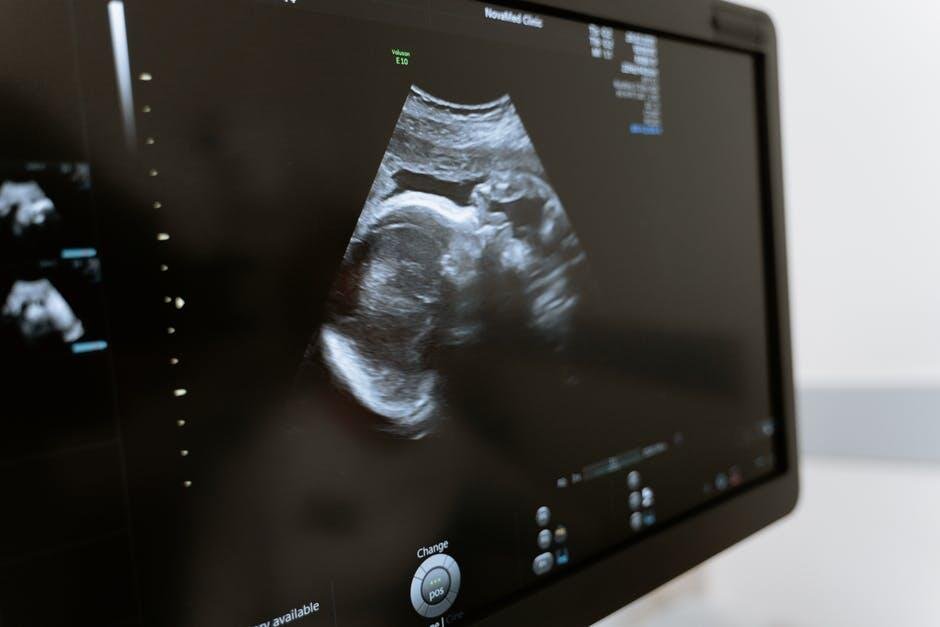Have you ever wondered what your baby looks like at 13 weeks? This question is on the minds of many expectant parents.
A 13 week sonogram offers a sneak peek into your baby’s development. It’s an exciting time to connect with your little one. Seeing tiny fingers and toes can make the journey feel real. In this article, we’ll help you understand these fetal development images.
You’ll learn how to see your baby’s growth and what to look for in the sonogram.
Size of the Baby
At 13 weeks, your baby is approximately the size of a lemon. The baby measures about 2.5 to 3 inches long. At this stage, the baby weighs around half an ounce.
These measurements are a standard part of your sonogram report. They help your doctor assess the baby’s growth and health progress.
Major Developments
By 13 weeks, your baby’s organs are well-formed. The liver starts producing bile, aiding digestion. The kidneys begin to process waste and produce urine, an important development in maintaining your baby’s bodily functions.
Your baby’s fingerprints have also begun to form. These unique patterns will continue to develop, marking the start of individuality.
Organs
The heart is fully formed and beating at a steady pace. This development is vital for circulating blood throughout the baby’s body. The digestive system is maturing as organs like the liver and pancreas begin to function.
The lungs are developing air sacs, preparing for future breathing. The brain is growing rapidly, allowing other systems to develop and function in conjunction.
Gender
At 13 weeks, it may be possible to determine your baby’s gender through a sonogram. The genitalia start to form distinctive features around this time. However, accurately identifying gender may still require more time as development continues.
While some parents opt for early testing, others may choose to wait for further confirmation in later scans. If you’re curious about more detailed imagery or want a better view of gender identification, you should decide between a 3D vs 4D ultrasound.
Amniotic Fluid and Placenta
The amniotic fluid plays a crucial role in your baby’s development. It cushions the baby, protecting them from external pressure and impacts. It also helps in maintaining a stable temperature within the womb.
The placenta is essential for nutrient and oxygen exchange between you and your baby. It also removes waste products from your baby’s blood.
Movement
At 13 weeks, your baby has started moving more actively. These movements, although difficult to feel at this stage, are essential for muscle development. The movements include stretching, kicking, and even turning around.
As development progresses, these movements will become more frequent. Monitoring fetal movement becomes a crucial part of prenatal care in later stages of pregnancy.
Watch Early Milestones Bloom Through a 13 Week Sonogram
Experiencing the early stages of your baby’s development can be heartwarming and exciting. A 13 week sonogram provides a precious glimpse into this remarkable journey. It’s a moment that many parents cherish forever, as they begin forming a bond with their little one.
As your baby continues to grow, each sonogram becomes a snapshot of their progress. An early pregnancy sonogram is just one step in an incredible adventure that lies ahead.
Did you learn something new from this article? If so, be sure to check out our blog for more educational content.


